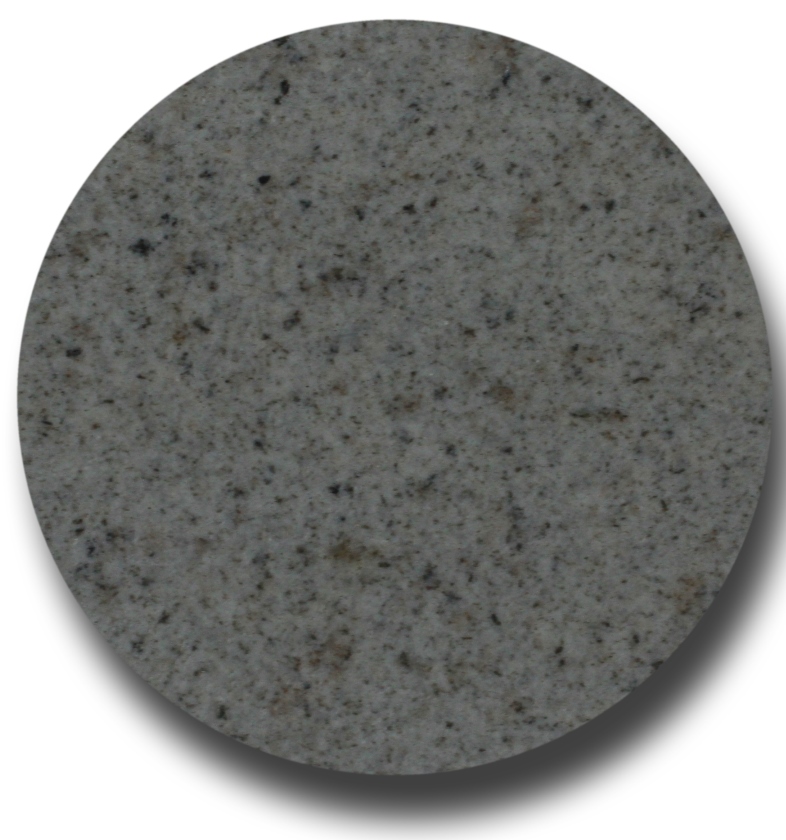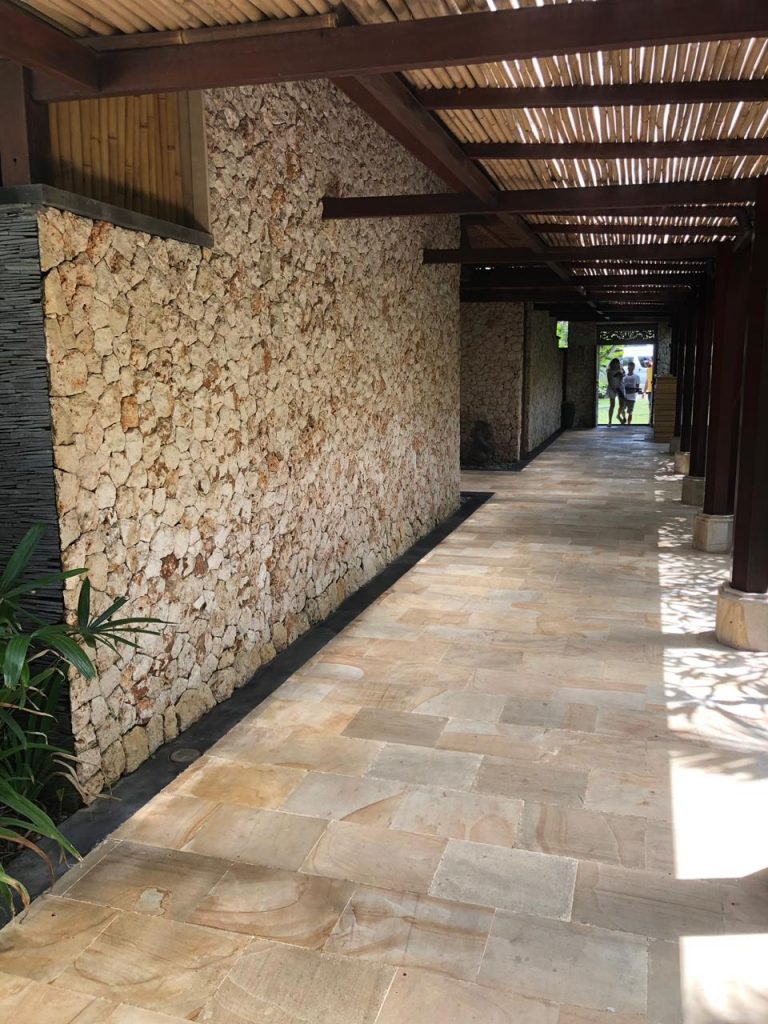Tag: bali stone

Bali Natural Stone Cladding Price Philippines – If you are planning to enhance the aesthetic appeal of your property, natural stone cladding can be an excellent choice. With its timeless elegance and durability, it can elevate the look of your home or commercial building. However, before you decide to install Bali natural stone cladding, it is essential to know the factors that affect the price and the estimated cost of the project.
Bali Natural Stone Cladding in the Philippines

- Type of Stone
The price of natural stone cladding varies depending on the type of stone used. Some popular options in the Philippines include granite, marble, limestone, and sandstone. Granite is the most expensive, while sandstone is the least expensive.
- Quality of the Stone
The quality of the stone also affects the price. High-quality natural stones are more expensive, but they are also more durable and long-lasting. Lower quality stones are more affordable, but they may not last as long.
- Size and Thickness of the Stones
The size and thickness of the stones used for cladding also affect the price. Larger and thicker stones are more expensive than smaller and thinner ones.
- Installation Method
The installation method also affects the price. Some methods require more labor and materials, which can increase the cost.
- Location of the Property
The location of the property can also affect the price. If the property is located in a remote area, the transportation and delivery costs of the stones can increase the price.
- Cost Estimates for Natural Stone Cladding in the Philippines
The cost of natural stone cladding in the Philippines ranges from Php 500 to Php 5,000 per square meter, depending on the factors mentioned above.
For example, if you choose high-quality granite stones for cladding, the price can range from Php 2,500 to Php 5,000 per square meter. On the other hand, if you opt for sandstone, the price can range from Php 500 to Php 1,000 per square meter.
The cost of installation also varies depending on the method used. The most common methods are dry cladding and wet cladding. Dry cladding is cheaper and faster, but it may not be suitable for all types of natural stones. Wet cladding, on the other hand, is more expensive and time-consuming, but it provides better adhesion and durability.
How To Choose The Premium Bali Natural Stone Cladding Philippines

In addition to the factors mentioned above, it is also important to consider the maintenance requirements of natural stone cladding. While natural stone is durable and long-lasting, it still requires regular maintenance to keep its beauty and integrity over time. This includes cleaning the stones regularly, sealing them to prevent water damage, and repairing any damages or cracks that may occur.
When choosing a contractor for your natural stone cladding project, it is important to do your research and choose a reputable and experienced installer. Look for contractors with a proven track record of successful projects and satisfied clients. Ask for references and reviews from past customers to ensure that you are making the best decision.
Natural stone cladding can be a worthwhile investment for your property, but it is important to consider the price and other factors before making a decision. By understanding the different factors that affect the price of natural stone cladding and choosing a reputable contractor, you can ensure that you are getting the best value for your investment. With proper maintenance and care, your natural stone cladding can last for many years and enhance the beauty and value of your property.
If you are interested in using Bali Natural Stone Cladding from Stone Bali for your Living Space, please contact us by clicking the following Whatsapp link: https://wa.me/6285336906433 (Putri) or email: [email protected]

Bali sandstone belongs to the premium-quality natural stone. That’s why many people use it for buildings. If you have ever visited Bali, you may have ever seen some buildings with a yellowish or beige accent. You can easily find it in hotels, resorts, and villas near the beaches. Usually, they use this natural stone as the material for walls and floors that match the scenery. Nowadays, floors from sandstone Bali have become more popular. In fact, sandstone gives coastal vibes that embrace the beauty of nature.
Types & Characters of Bali Sandstone

Bali Sandstone Tiles – The photo was taken at Oberoi Beach Resort, Bali
This natural stone originally comes from Bali, Indonesia. There are some types you need to know and each type has its own unique characteristics.
Golden Palimo (Palimo Branco)
It has a white base with yellow or brown grains. Besides that, this type of sandstone comes with a solid density, making it ideal for wall fencing, wall & pool cladding, and outdoor flooring. Then, it is very popular, especially in the Australian market.
Ocean Wave
This variant is also very stunning. Because of the stunning look, people usually use this natural sandstone for swimming pool tiles.
White Palimo (White Palimanan)
It got its name because this sandstone comes from Cirebon, Palimanan. This natural stone is particularly very famous in South-East Asia and Oceania.
Yellow Palimanan
This is the most famous one of all. In fact, it has unique and beautiful yellow-colored grain. You can also find this type of Bali sandstone outside of Indonesia. For your information, the market includes Malaysia, Singapore, Brunei Darussalam, and other countries in South-East Asia.
Bali Sandstone Benefits
It is important to know that this natural sandstone has great durability on seasonal changes and different temperatures, thanks to its dense & solid features. Because of its durability, this sandstone is very versatile. You can apply it either indoors or outdoor. As long as you care for and maintain it properly, its beauty will last longer.
Its smooth finish makes comfortable floors to walk on, even if you don’t use footwear. In addition, it has an anti-slip nature so this sandstone is suitable for flooring near a swimming pool and for your bathroom at home. Even more, some people say that this natural sandstone is a great alternative to wooden panels. Maybe, the only drawback is that you cannot apply it for paving because it needs to withstand high pressure.
Is Bali Sandstone a Good Choice for Floors?
After paying attention to the types and pros & cons of the sandstone from Bali, we can conclude that this natural stone is a good choice as long as you don’t want to use it for paving. Whether you want to use it for interior or exterior, floor or wall, this natural sandstone is an excellent choice, due to its flexibility. In fact, Bali sandstone doesn’t only offer a stunning look but also great durability. Even more, this stone also has good safety considering its characteristics. Now, you can shop for this natural sandstone with your desired color.
If you are looking for a Bali sandstone from stonebali.com, you can contact us through our hotline on Whatsapp https://wa.me/6285336906433 (Putri) or call us (+622318491546). Aside from that, you can also email us at [email protected].
Where can I buy Bali stone Phillippines and how expensive is it, what are the advantages of Bali stone Philippines, Bali stone phillipines advantages, where to buy Bali stone Philippines, Indonesia natural stones
When it comes to swimming pools, there’s no better choice for your swimming pool’s tiles than the one and only Bali stone. But, why is this the case? And besides that, you might also be asking the question of where can I buy Bali stone Philippines yourself.
Well, without further do, let’s get started, shall we?
Why Bali Stone Philippines for Your Pool

When building a swimming pool, there are indeed many options out there for the tiles for said pool and Bali stone happens to be one of them. In fact, it is one of the best options for your swimming pool.
This is due to the many qualities that Bali Stone Philippines possesses. The first of which is that it’s comfortable.
Is a comfortable stone all-around
It’s not a particularly hard stone that’d be uncomfortable to touch, giving your pool an extra touch of comfort, and making it an absolutely relaxing place to wind down at the end of the day.
Has anti-slip quality
The second advantage that Bali stone has over other types of stones is its anti-slip quality. If you’re using Bali stone from Stone Depot, you don’t need to worry about the chances of people, and especially kids, slipping when they use your pool. Make your pool both very safe and fun.
Helps keep your pool’s water clean
The next noteworthy quality that should be talked about when it comes to Bali stone is its ability to keep your pool fairly clean. The substance known as zeolite in Bali stone helps destroy any microorganism in your pool’s water by keeping the pH balance neutral, resulting in clean and healthy water.
Helps keep your pool’s temperature stable
And finally, the last noteworthy thing about Bali stone that gets people to search for where Can I buy Bali stone Philippines is the even more extra comfort it gives to your pool. Why? Well, you can thank Bali stone’s ability to absorb heat for that. Bali stones will absorb the heat of your swimming pool, keeping it stable and even more comfortable.
Now that we’ve gone through the many advantages of Bali stone, let’s answer this question of: where can I buy Bali stone Philippines?
Where Can I Buy Bali Stone Philippines

After reading all of these advantages of Bali stone, you might be one of the people looking to buy some of these excellent stones for your swimming pool needs. But where can you buy them?
Well, we here at Stone Depot offer you some of the highest qualities of Bali stone Philippines at a very competitive price.
How to Purchase Bali Stone Philippines
Bali stone Philippines is often times the best choice to pick for your swimming pool needs thanks to its comfort, anti-slip, and healthy quality, making your pool even more relaxing and fun.
To start finding out more about this stone, you can contact us through our WhatsApp at: https://wa.me/6285336906433 (Putri), [email protected], +62 231 8491546 (Fax), +62 231 8802888 (Phone). We will be more than happy to answer your questions regarding where can I buy Bali Stone Philippines.

